Why is an eye examination so important?
An eye test isn't just about finding out if you need spectacles. Assessing the health of the eye is the most important part of the sight test, which can be determined using a variety of tests.
Everyone should have regular sight tests, as many eye conditions and health problems have little or no symptoms.
Eye examinations can detect potentially treatable blinding eye diseases, tumours of the brain and health problems such as diabetes, raised blood pressure and cholesterol.
History and symptoms
In this initial part of the sight test, we ask several questions about, how your eyesight is, and about your general health, as many health conditions can affect the health of your eyes, so it is important we know you are getting treatment by your GP.
We also ask about any medications you may be taking, as medications for example such as steroids can increase the risk of glaucoma and cataracts.
As many eye diseases and health conditions can be hereditary, we will ask about any family history of glaucoma, diabetes, lazy eyes etc.
We would like to know about your hobbies as well, because we can prescribe special spectacles for our patients, for example many people like to play music, use computers or are involved with art, painting etc.
Determining the spectacle prescription
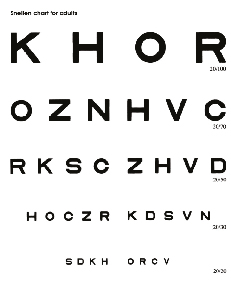
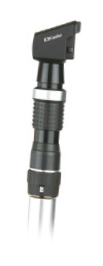
A sight test chart with letters is most commonly used. We understand that people with disabilities may require a special domiciliary service; therefore we start by asking patients who are unable to read letters, to point to letters on corresponding cards. A picture chart with corresponding cards can also be used when needed.
For patients who are unable to communicate, we can determine the spectacle prescription objectively using an instrument called a Retinoscope.
Determining the health of the eyes
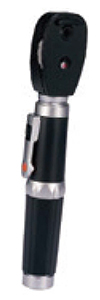
This is a very important part of an eye examination, as not only can eye abnormalities be detected, such as Glaucoma, Cataracts, and Age -Related Macular Degeneration, but health problems such as diabetes, Blood pressure, Cholesterol and even Brain tumours can be detected.
A hand held device called an Ophthalmoscope is used to assess the health of the eye. It is used to shine a light into the eye, which allows the Optometrist to see the internal parts of the eye.
Ocular motility and balance tests
These tests determine whether the eyes are working well together. Each eye is controlled by six muscles.
Pupil reactions
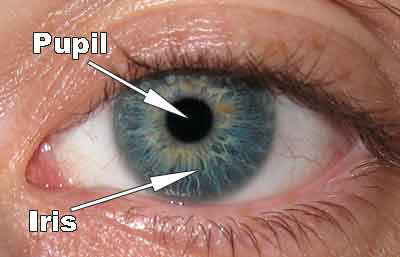
The pupil is the black hole at the centre of the Iris (Iris is the coloured part of the eye).
The pupil controls the amount of light entering the eye. Your pupils are smaller in bright light and larger in dim light. Your pupils also get smaller when you read or look at close objects.
Medications can effect pupil reactions, for example certain medications used for treatment of depression.
Tonometry
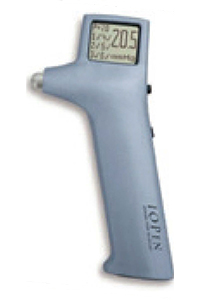
This test is performed using a device called a Tonometer, it measures the pressure inside of the eye. Raised intra-ocular pressures can be associated with Glaucoma.
